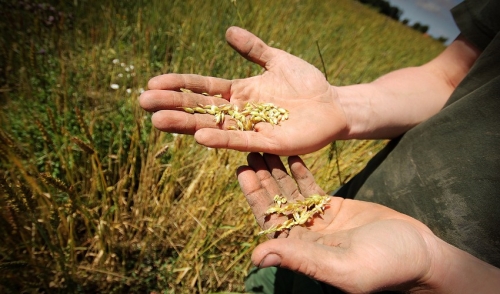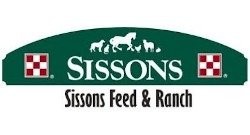
Purina® FeedGuard® Nutrition System Provides Feed Safety Peace of Mind
It’s important for horse owners to understand how ingredients, feed safety and quality
issues can affect their horses’ health and performance. Oftentimes, people look at the
feed tag for information on which to base their feed buying decision.
Unfortunately, there is generally little information on tags, giving no indication of the quality, safety and efficacy of the ingredients or manufacturing process used in making the feed.
In most cases, the only reason tags are on the bag is due to FDA requirements. Tags are
only required to report minimum and maximum amounts of certain ingredients. The FDA
suggests that ingredients be listed in descending order from most to least. However, this
is very difficult to enforce and therefore rarely addressed by officials.
A major factor in Purina’s unequalled performance is the FeedGuard® Nutrition System.
This system gives horse owners peace of mind about the quality of Purina® horse feeds.
It’s one of the industry’s most innovative and exacting quality assurance programs, and
provides a number of benefits for horse owners and their animals.
• Highest Quality Ingredients. Stringent quality standards help ensure many of the industry’s highest quality ingredients available are used.
• Testing with Near Infrared Reflectance (NIR). This process measuring actual nutrient levels of specific ingredients instead of supplier averages is used to help increase nutritional consistency.
• A constant nutrition formulation automatically compensates for naturally varying
nutrient levels in ingredients for greater nutritional consistency, bag after bag.
• The ingredient testing program is designed to minimize the risk of grains containing potentially harmful contaminants.
• A total horse nutrition formulation considers all key nutrients and their interactions with each other to better support overall horse health.
To better understand what ingredient standards, feed quality and safety measures horse
feed manufacturers follow, horse owners must find out if their feed is made in an ionophore-free manufacturing system. Ionophores are antibiotic agents that are beneficial ingredients in cattle feed, but can be deadly to horses in small amounts.
An ionophore-free manufacturing system is not the same as an ionophore-safe manufacturing system. “Free” means ionophores are not used in any feeds that may be manufactured in that system.
Some cattle feeds may be manufactured in a “free” system if the formula does not contain ionophores. “Safe” means that some cattle feeds containing ionophores in the formula
will be run on a system; however, a series of flushes are implemented before the system
is used to produce horse feeds. For instance, when cattle feeds containing ionophores are
run on a system, at least one batch of non-ionophore cattle feed is run through the system
in order to flush any remaining ionophore from the system before any horse feed is run
through it.
Regardless of the flushing procedure, there is always a risk of ionophore contamination of horse feed manufactured on “safe” systems. In short, horse feed should be manufactured on ionophore “free” manufacturing systems. Purina only manufactures horse feed in ionophore-free systems.
The FeedGuard® Nutrition System
